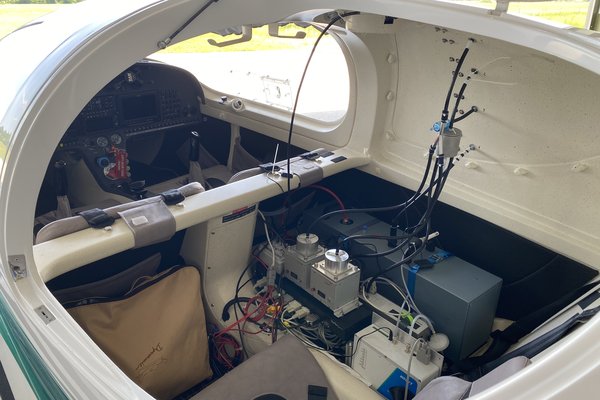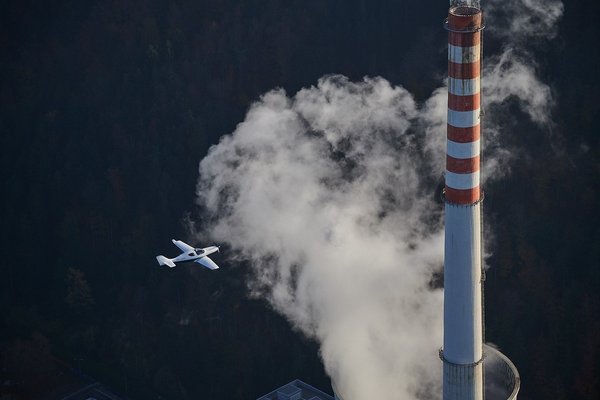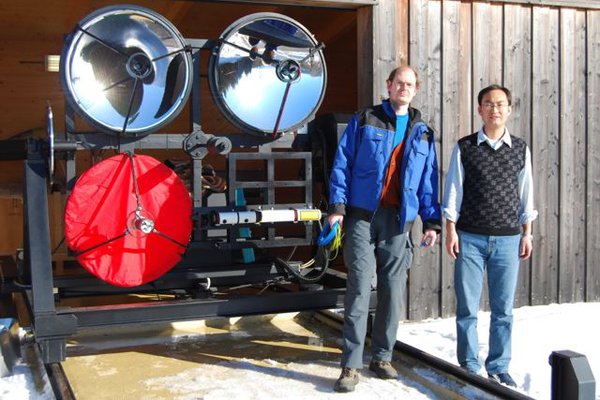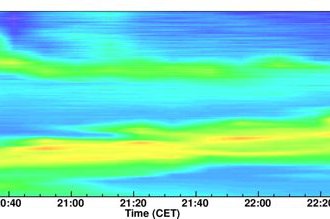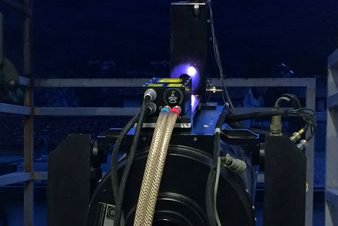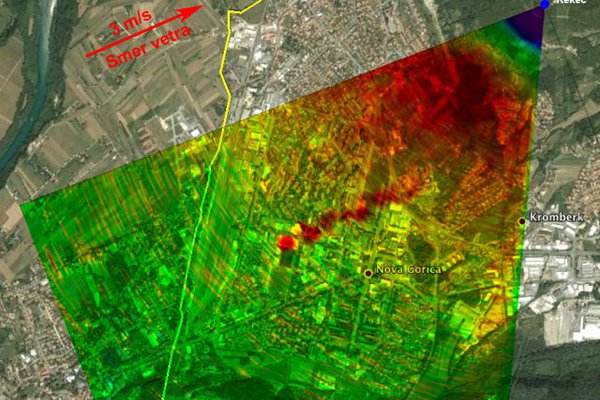About the center
Global climate change is becoming a major environmental concern during the last decades. Increased concentrations of greenhouse gasses and sulphate aerosols in the atmosphere alter the energy balance of the Earth surface, an important factor that initiates changes of climate. A necessity for better understanding of these processes, especially the ones related to aerosols, led to the establishment of the Centre for Atmospheric Research (CRA) at the University of Nova Gorica in 2004. Lidar measurements of aerosol transport as well as other environmental and meteorological measurements are being performed at Otlica observatory site.
Basic Research
Basic research at the Centre for Atmospheric Research covers remote sensing of atmospheric properties and atmospheric impact on the performance of satellite navigation systems.
Remote sensing of atmospheric properties
Centre for atmospheric research conducts aerosol transport studies using three lidar devices, measuring various types of backscattering of short laser pulses on partices and molecules in the atmosphere. The two stationary systems (Mie and Raman lidar), stationed at the Otlica observatory site have the possibility of vertical scanning, while the mobile elastic/fluorescence lidar provides the capability of 3D scanning and identification of aerosols of biological origin through the fluorescence of the triptophane amino-acid. All the systems are the result of our own R&D; and are being used for the determination of optical properties of the atmosphere such as aerosol back-scattering coefficients, atmospheric optical depth and tracing of aerosols and clouds. They facilitate studies of tropospheric processes above the Vipava Valley, the Carst Plateau and the Bay of Trieste up to altitudes of about 10 km. Measurements with the mobile unit can provide information on aerosol concentrations in the lower atmosphere – which may indicate air pollution from extraordinary events, such as thermal inversion, appearance of Saharan dust, wildfire and exhausts of hazardous substances, as well as studies of the spreading of biological aerosols, such as pollen. Subsequent use of meteorological models for air-mass transport can provide clues about aerosol sources and trajectories. The mobile lidar is used also for teaching purposes at the Schools of Applied and Environmental Sciences.
Bora wind studies
Our most recent research interest lies in the studies of the Bora wind phenomenon, for which we are in the process of design and construction of a fast scanning elastic wind lidar, providing information on wind field speed and direction. This lidar will be used to obtain 2D and 3D wind fields in selected locations, where airmass motion is expected to be most turbulent. We are also planning to deploy a permanent field of high frequency ultra-sound anemometers, which will be used in Bora wind periodicity studies.
Atmospheric impact on the performance of satellite navigation systems
A part of the research activities of the Centre is focused on the study of ionosphere, ionised part of the atmosphere extending from about 60 km to beyond 1000 km above ground. Irregularities in electron plasma density in ionosphere, which move by diffusion and other transport mechanisms, have a strong influence on communications between satellites and ground receivers. A radio wave propagating through drifting irregularities experiences irregular fluctuations in amplitude and phase. Characteristics of these fluctuations, known as scintillations, depend on the wavelength, current magnetic and solar activity, time of day, season of year and magnetic latitude of the observation point. Scintillations are responsible for signal degradation and disruption of satellite navigation services, such as GPS and Galileo. Remote sensing of electron density irregularities is a key to the understanding of fundamental processes behind navigation signal scintillations and will provide important clues for performance improvement of GPS ground receivers. Of particular interest are small-scale irregularities in electron plasma density at high magnetic latitudes.
Atmospheric monitoring
In collaboration with the Environmental Agency of the Republic of Slovenia (EARS) the Otlica Observatory became in 2006 a node in the national network for environmental monitoring. Standard meteorological and environmental measurements are routinely performed and presented online on UNG and EARS web pages.

